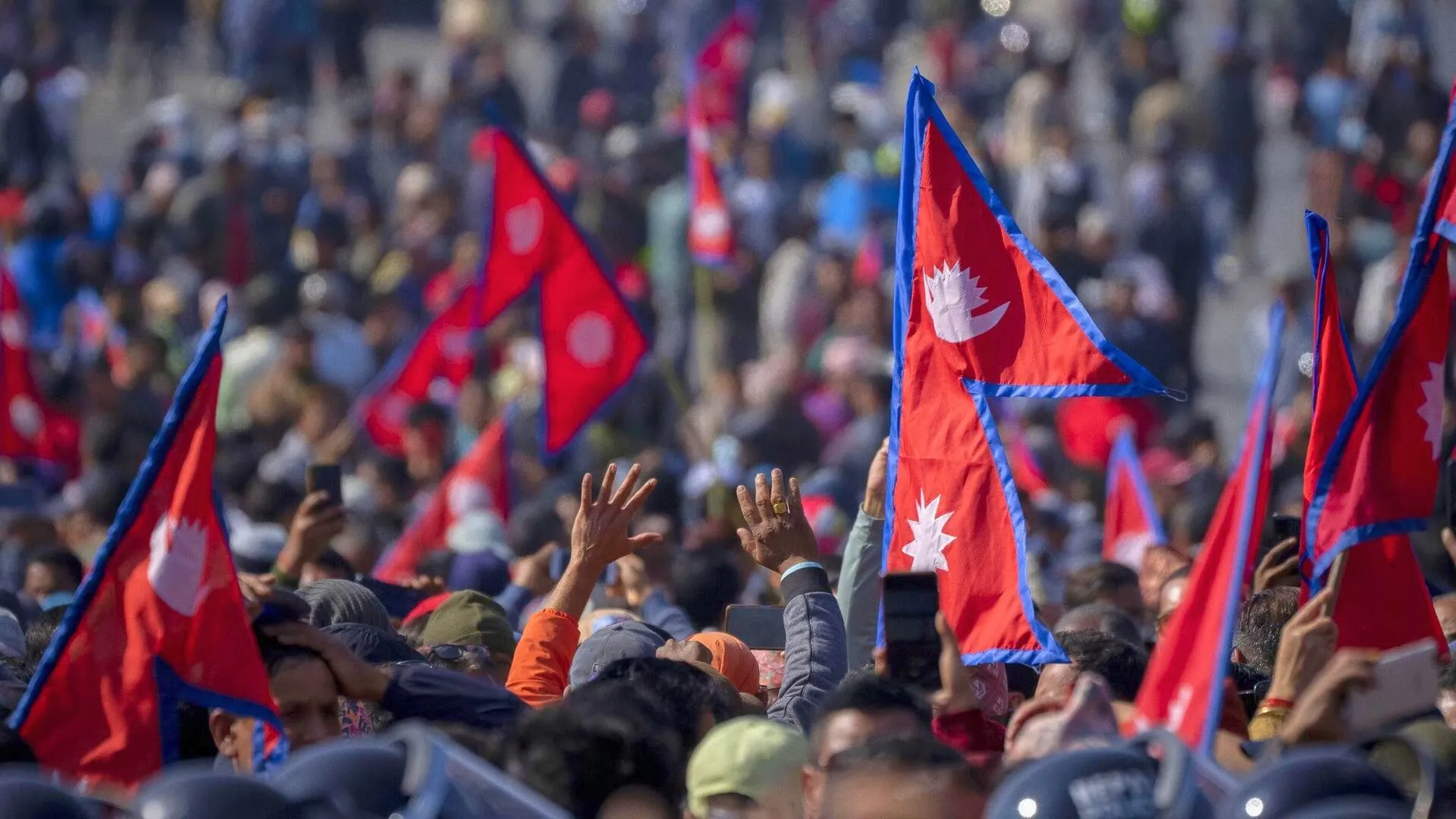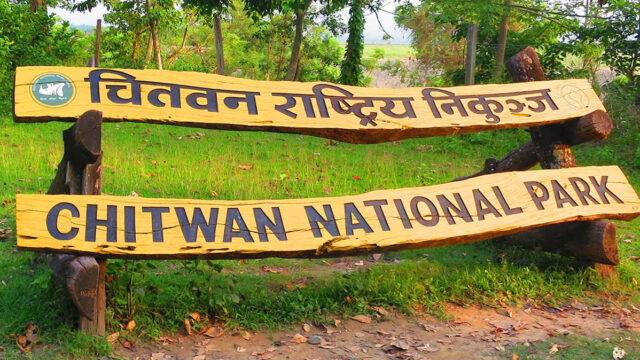What Happened in Kathmandu Today?
On March 28, 2025, Kathmandu became the focal point of political unrest when pro-monarchy supporters clashed with the police during a rally advocating for the restoration of Nepal’s monarchy. This rally, which quickly escalated into violence, resulted in the tragic deaths of two individuals, including a television cameraman, and numerous injuries among both protesters and law enforcement officers. In response, the government imposed a curfew in the affected areas, deploying riot control measures such as tear gas, batons, and water cannons. This incident has sparked fresh concerns about Nepal’s political stability and its potential impact on the country’s economy, especially the crucial tourism sector.
How Does Political Unrest Affect Nepal’s Tourism Industry?
Tourism has always been one of Nepal’s most vital economic sectors, contributing significantly to the national GDP. However, political unrest like what was witnessed in Kathmandu today has the potential to greatly affect this industry. Tourists are often deterred from visiting destinations where there is political instability, fearing for their safety. In recent years, Nepal has worked hard to build a reputation as a safe and attractive travel destination, but such incidents raise doubts in the minds of global tourists. Safety concerns are one of the most significant barriers to tourism, and the recent violence in Kathmandu only amplifies these worries.

The timing of this unrest is especially problematic, as Nepal was already facing challenges within the tourism sector. Earlier in February 2025, a report indicated a decline in visitor numbers, with a year-on-year drop of 0.6%. This decline was particularly noticeable among key markets such as India and China. Several factors, including rising airfares, increased competition from other destinations, and transportation accidents, contributed to this downturn. However, with the eruption of fresh political violence, Nepal’s tourism industry faces additional hurdles, as the image of the country as a peaceful and stable destination is now under scrutiny.
Why Is the Timing of This Unrest Particularly Harmful for Nepal’s Tourism?
The timing of this unrest could not have come at a worse time for Nepal’s tourism industry. After the economic challenges caused by the COVID-19 pandemic and other financial setbacks, Nepal was in the process of regaining its foothold in the global tourism market. The government had set ambitious targets for tourist arrivals, but the recent political violence now risks undermining those efforts. Potential tourists, particularly those from neighboring countries like India and China, who already faced heightened scrutiny and travel challenges, may be further discouraged by the images of violence and instability in Kathmandu.
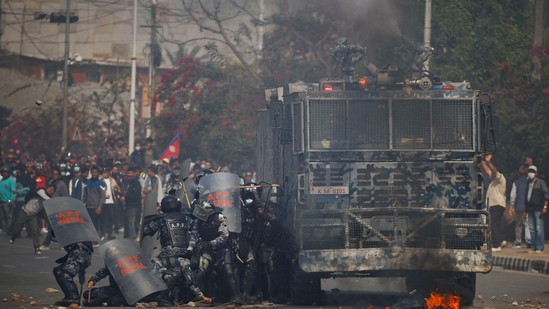
Additionally, Kathmandu, as the capital city, is a key starting point for tourists visiting other famous destinations in Nepal, such as Pokhara, Lumbini, and the Annapurna region. Any unrest in the capital can significantly impact the tourism flow to these other areas, as many travelers often spend time in Kathmandu before embarking on their trekking or cultural experiences. The consequences of these disturbances could thus ripple throughout the entire tourism infrastructure, affecting everything from hotel bookings to trekking permits.
How Do Such Events Affect Global Perceptions of Nepal?
For global tourists planning their visits to Nepal, political instability can be a deciding factor. Tourists often prioritize safety when choosing a destination, and news of violent protests and clashes can make potential visitors think twice about their travel plans. The violence in Kathmandu, along with the ongoing concerns about airfares, transportation accidents, and other recent incidents, may lead to a more cautious approach from international travelers. Countries that rely heavily on international tourism, like Nepal, may experience a drop in tourist numbers as travelers look to more stable regions.

Furthermore, Nepal’s tourism sector had already been facing an uphill battle in attracting international tourists due to a variety of factors, including rising travel costs and competition from neighboring countries. The political unrest in Kathmandu only adds to these concerns, presenting a challenge for tourism agencies that had been trying to market Nepal as a peaceful and welcoming destination. The global tourism community may now view Nepal with more skepticism, potentially delaying any recovery for the country’s tourism industry.
What message will today’s events send to the global community?
The political unrest in Nepal today could send a concerning message to the global community, especially to potential tourists planning to visit during the peak season. Protests and violence can create an image of instability, discouraging travelers who may be hesitant to visit a country marked by such unrest. This could harm Nepal’s reputation as a safe and peaceful tourist destination, as travelers often prioritize security and a stable environment when planning their trips.
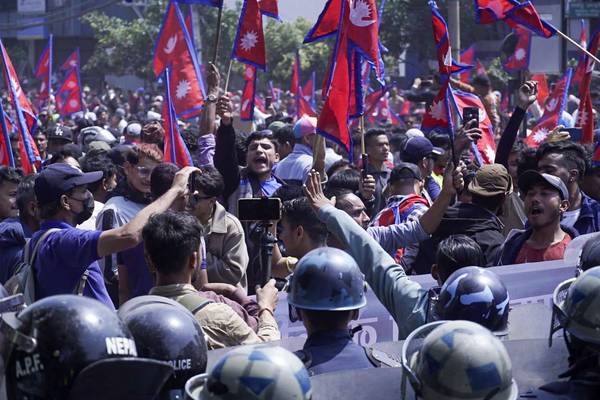
How will this affect Nepal’s tourism sector during the peak season?
The timing of these events is particularly troubling as Nepal enters its peak tourist season, a time when foreign arrivals significantly contribute to the economy. With uncertainty surrounding safety, tourists may reconsider their travel plans, opting for other destinations perceived as more secure. The tourism sector could face a decline in visitor numbers, affecting hotel bookings, trekking agencies, and local businesses reliant on the influx of tourists during these crucial months. The economic impact could also trickle down to the wider community, with many depending on tourism for their livelihoods.
What Is the Long-Term Impact of Political Unrest on Nepal’s Tourism?
In the long term, the recent political unrest in Kathmandu could have a lasting negative impact on Nepal’s tourism industry. While political turmoil is not a new phenomenon in Nepal, the scale and visibility of the current unrest could harm the country’s international reputation. Tourists who may have once considered Nepal as a top destination may now hesitate, choosing instead to explore safer and more stable alternatives in the region.
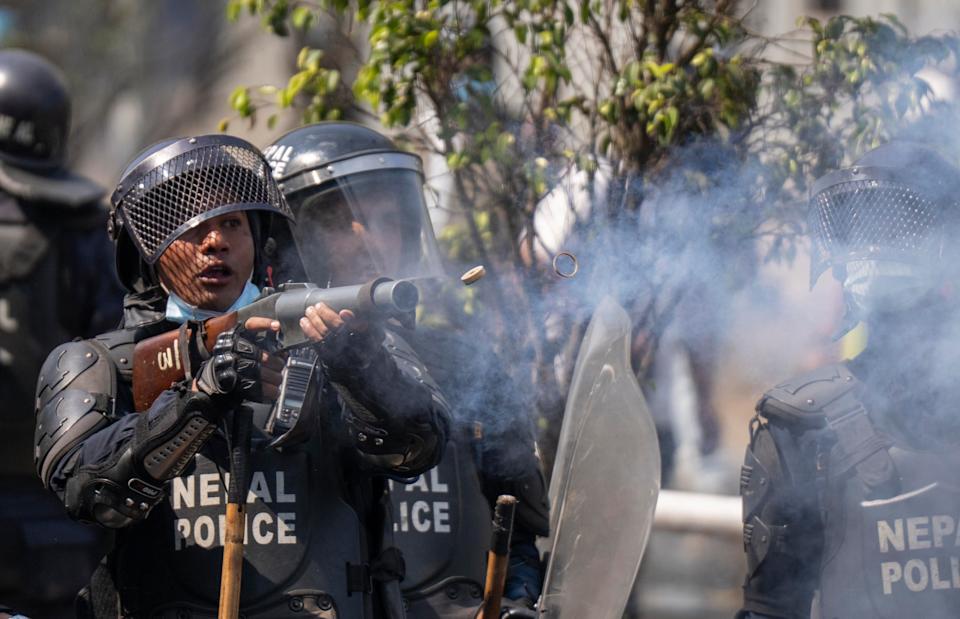
The tourism industry’s recovery will require more than just restoring political stability. It will demand a concerted effort by the government and private sectors to rebuild trust and assure tourists that Nepal remains a peaceful, safe, and welcoming destination. Nepal will need to address its internal political challenges while working to improve infrastructure, reduce travel costs, and enhance the overall tourist experience.
While the events of March 28, 2025, are a serious concern, they also present an opportunity for Nepal to reflect on its political stability and develop strategies to protect and promote its tourism sector. Only by ensuring that both safety and political stability are guaranteed can Nepal reclaim its position as a top destination for global tourists.
